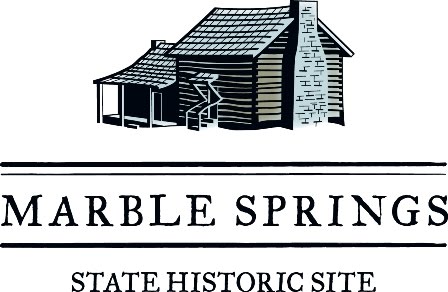Thanks to our former intern, Kristin Brig, for leaving us a few blog entries to keep posting!
When William
Blount took up his post as Governor of the Territory South of the Ohio River in
1790, he was alien to the population living to the west of North Carolina.
Blount, a North Carolina native, traveled across the Appalachian Mountains into
this new southwest territory, present-day Kentucky and Tennessee. He set up his
government in present-day East Tennessee and quickly made the acquaintance of
the popular leaders of the region, most notably John Sevier.
Sevier and
Blount got along well, considering Sevier’s heavy influence in the region and
Blount’s high-ranking position in government. In addition to appointing Blount
governor of the territory, President George Washington placed Blount in the
position of Superintendent of Indian Affairs; given Sevier’s clashes with the
Overhill Cherokee, Blount saw Sevier as an even more important ally in his new
political position.[1] As
such, Blount recommended Sevier and another popular territorial leader, James
Robertson, to the position of Brigadier General. President Washington agreed
with the recommendation and commissioned Sevier and Robertson to the post.[2]
Sevier thus recovered his political image after the failure of the State of
Franklin, for which he was the governor for a short term.
Political
allies now, Blount and Sevier struck up a personal friendship as well. Sevier
began recording activities related to Blount in 1793, three years after the
governor had taken up his post. The entries began with mainly political
relations between the two men, as in one entry discussing a talk Governor
Blount gave relating to an event of scalping in Easternoly by Native Americans.[3]
By late 1794, Sevier began taking tea with Mrs. Blount and dining with both the
Blounts. Sometimes the dining contained merely politics, as when members of the
Assembly including Sevier met with Governor Blount and drank wine together.[4]
Yet sometimes Sevier and Blount (with Blount’s wife) spent time with one
another outside the political realm, such as when they attended church together
in September 1794.[5]
When Sevier
became the first governor of Tennessee in 1796, the new state elected William
Blount as one of its US senators. At first there was controversy over the
admittance of the newly-elected Tennessee senators to Congress, since the
majority of the state refused to support John Adams as a candidate for the next
president after George Washington left the seat. In the end, however, Blount
and his fellow Tennessee senator William Cocke took their seats in Congress as
representatives for Tennessee.
Blount,
expelled from the US Senate in July 1797 on account of illegal land deals with
Spain, moved back to Tennessee and was elected to the Tennessee State Senate.
John Sevier, still governor of Tennessee, picked up his friendship with Blount.
The two visited each other frequently, taking more tea with one another and
dining at each other’s houses in Knoxville. Sevier never writes of Blount
visiting Marble Springs, but the close relationship of the men means that the
Blounts may have been out to the farm to visit.
Blount
suddenly fell ill on March 15, 1800. On the 17th, Sevier visited
Blount, as he had just returned to the city of Knoxville after a visit to
Marble Springs. Blount died on March 21. Sevier wrote of taking his family with
him to Blount’s burial.[6]
While Sevier
never wrote much of political events past a few words in his journals, he did
record many friendly events with the Blounts. The fact that Blount’s death is
recorded in the journal with some details indicates that Sevier and Blount’s
relationship had transcended the political and became a personal affair.
As such, John
Sevier and William Blount became fast friends, beginning with Blount’s rise to
governor of the Territory South of the Ohio River and ending with a personal
visit to the old governor’s burial by Sevier.
